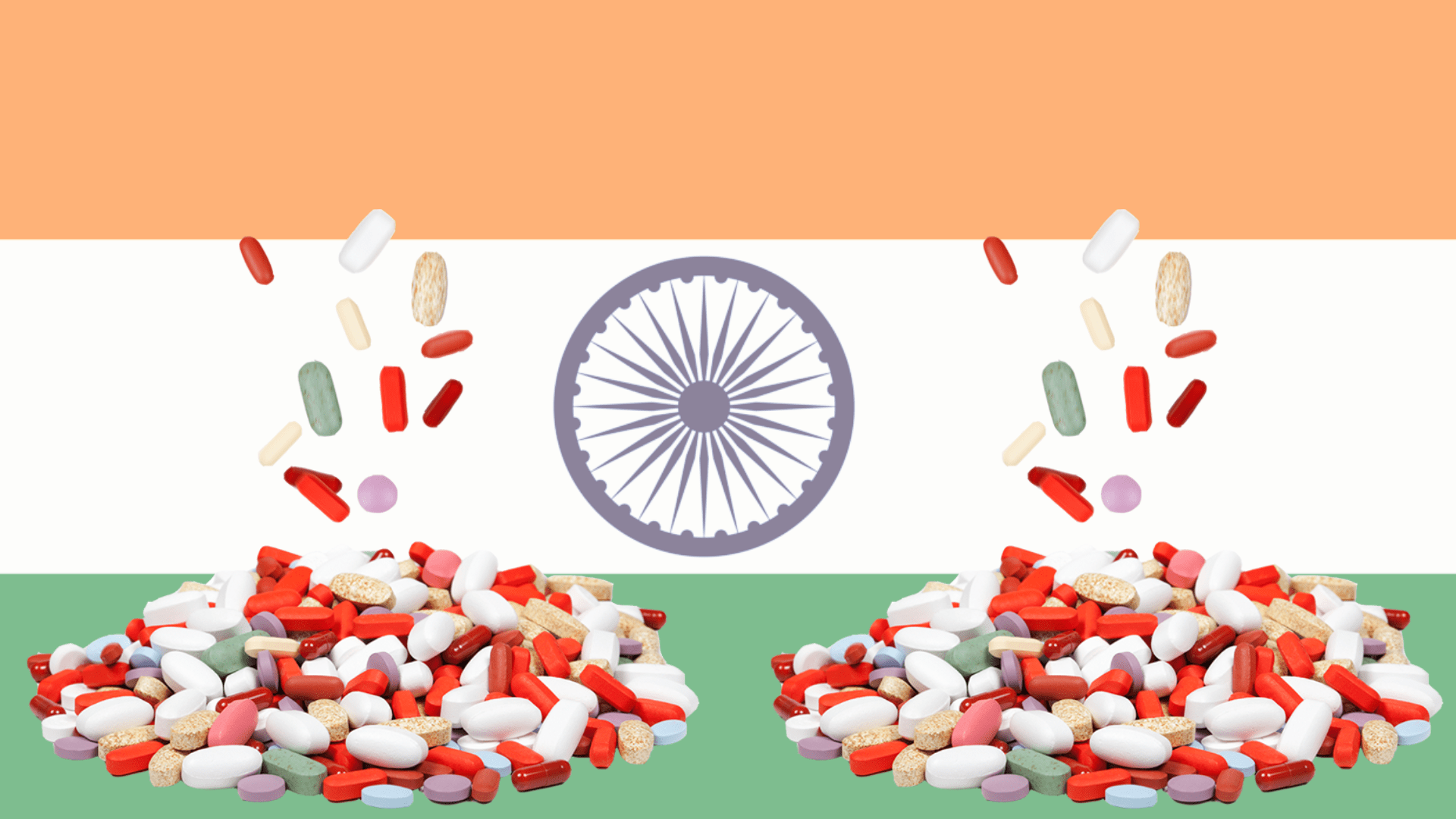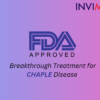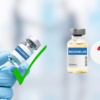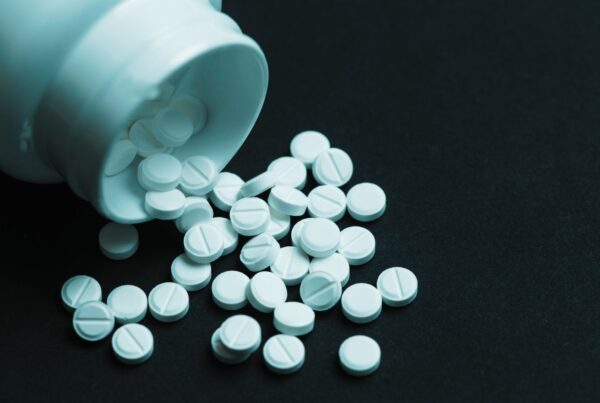Introduction:
The South Korean market presents significant opportunities for Indian pharmaceutical companies, particularly in the generics sector. With a healthcare structure that emphasizes cost-effectiveness and accessibility, the South Korean government has implemented policies aimed at promoting the use of generic medications.
This article explores the potential for Indian pharmaceutical companies in the South Korean market, the healthcare structure of South Korea, and the government financing process.
Opportunities for Indian Pharmaceuticals in the South Korean Market:
The South Korean pharmaceutical market presents a lucrative opportunity for Indian pharmaceutical firms, boasting a substantial market size of $22 billion in 2022, with generics constituting 46% or $10.18 billion of the market share. To bolster pharmaceutical trade and information exchange, India has agreed with the Korea Pharmaceuticals & Bio Manufacturers Association (KPBMA), the largest pharmaceutical industry association in South Korea. This pact is aimed at facilitating market access between the two nations, particularly in the pharmaceuticals and biotechnology sectors.
India, as the world’s third-largest pharmaceutical producer, is experiencing rapid growth driven by evolving global lifestyles. In fiscal year 2023, India’s pharmaceutical exports to South Korea surged to $166.94 million, marking a significant 34% increase from the previous year’s $124.60 million. With the South Korean market estimated at $22 billion, and generics representing nearly half of it, Indian pharmaceutical companies stand to gain considerable expansion opportunities.
The South Korean government’s emphasis on cost containment measures and universal health coverage provides a favorable environment for Indian generic medicines. Projections indicate a robust growth trajectory for the generic market in the Northeast Asia (NEA) region, with an anticipated 11.78% increase, pushing the market value from $132 billion to $147.88 billion by 2023.
China leads as the largest manufacturer of generics and bulk drugs globally within the NEA region, followed by South Korea and Japan. Both South Korea and Japan boast strong generic manufacturing capabilities, with Japan also serving as a significant innovator in the pharmaceutical industry.
Challenges for Indian Pharmaceutical Companies in the South Korean Market
- Indian pharmaceutical companies face significant challenges when entering the South Korean market, including regulatory barriers, pricing pressures, and competition from established domestic players.
- South Korea’s strict regulatory system, including a patent linkage system, can delay the entry of generic drugs. Additionally, the government-funded healthcare system puts pressure on companies to lower prices. Competition from well-established domestic pharmaceutical companies further complicates market entry.
- Despite these challenges, opportunities exist due to South Korea’s sizable market and membership in the APEC forum. To succeed, Indian companies may need to partner with local firms, invest in R&D, and collaborate with regulatory authorities.
The most popular Indian pharmaceutical products in South Korea are those classified under HS code 30, which includes a variety of pharmaceutical products. In 2019, India’s export of pharmaceutical products under HS code 30 to South Korea stood at US $67 million, showing a growth rate of 10.1%. This category encompasses a wide range of medications and healthcare products exported from India to South Korea, contributing significantly to the pharmaceutical trade between the two countries.
The Evolving Healthcare Landscape of South Korea
- South Korea’s healthcare infrastructure witnessed a swiftly expanding pharmaceutical domain, characterized by robust growth and valued at £12.3 billion in 2011.
- The nation prides itself on a high-caliber healthcare system marked by universal coverage and widespread internet accessibility, positioning it among the globe’s most technologically advanced nations.
- The cornerstone of South Korea’s healthcare framework lies in the National Health Insurance Service (NHIS), ensuring comprehensive health coverage for nearly 97% of the populace.
- Boasting consistent double-digit growth over five years, the South Korean pharmaceutical sector garners substantial investments and governmental backing for biopharmaceutical development and clinical research.
- Despite its competitive ethos, featuring assertive pricing strategies for branded and generic medicines, South Korea prioritizes cost-effectiveness in healthcare policies.
- Operating on a fee-for-service paradigm, the NHIS functions as a third-party payer, shouldering a fraction of healthcare expenditures, while patients contribute via out-of-pocket payments.
- Government initiatives advocate for the adoption of generics and biosimilars, encompassing regulatory overhauls under the Pharmaceutical Affairs Act and the establishment of autonomous review mechanisms for pricing and reimbursement determinations.
- Furthermore, South Korea fosters collaboration with international counterparts, accepting test results from the United States for pharmaceuticals and medical devices, and convening working groups to address healthcare policy quandaries.
Universal Health Coverage
South Korea’s healthcare system is characterized by cost-containment measures and universal health coverage for the population. The government’s cost-containment measures and universal health coverage have created a favorable environment for generic medications, which account for 82.8% of pharmaceutical products with fewer than three generic brands, 52.5% with three to nine brands, and 60.5% with ten or more brands.
Government Financing Process:
The South Korean government’s financing process for healthcare is based on a single-payer system, with the National Health Insurance Service (NHIS) responsible for managing the financing and delivery of healthcare services. The NHIS sets the prices for medical services and pharmaceuticals, with a focus on cost-effectiveness and accessibility.
Role Of National Health Insurance (NHI)
The National Health Insurance (NHI) holds significant sway over South Korea’s generic drug market, exerting influence on pricing, reimbursement, and supply dynamics. Covering nearly 97% of the population, the NHI, administered by the National Health Insurance Service (NHIS), operates as a single-payer system, funded through contributions from employers, employees, and government subsidies.
Under the NHI scheme, the pricing and reimbursement processes for pharmaceuticals are tightly regulated. Upon approval, pharmaceutical companies may petition the Health Insurance Review and Assessment Service (HIRA) to include their products for NHI reimbursement. This involves a meticulous two-step evaluation process, assessing clinical efficacy and cost-effectiveness, culminating in negotiations between the company and NHIS to determine the maximum reimbursement price (MRP). Factors such as international pricing, local market comparatives, and budgetary implications inform these negotiations.
While certain drugs may be exempt from comprehensive pharmacoeconomic assessments, the pricing of generics and fixed combination drugs follows a predetermined formula. Reimbursement listing typically concludes within three months, although recent changes in the reimbursement scheme necessitate supplementary agreements for all covered drugs to ensure adequate market supply.
Despite its expansive coverage, the NHI’s reimbursement levels in South Korea lag behind those of other developed nations, resulting in relatively high patient co-payments and a significant number of non-reimbursed products and services. Addressing this disparity has long been a government priority, with efforts focused on bolstering health insurance coverage while containing reimbursement expenditures. These initiatives hold strategic importance, often featuring prominently in presidential campaigns.
Conclusion:
In summary, the South Korean pharmaceutical market offers substantial potential for Indian pharmaceutical firms to expand their exports and enter the thriving generics segment. By strategically targeting the Korean market and fostering collaboration, India could emerge as a key player in supplying pharmaceuticals to South Korea.
The focus on cost-effectiveness and accessibility within South Korea’s healthcare system, along with supportive governmental policies promoting generic drug utilization, underscores the promising opportunities for Indian companies. The recent bilateral pact between India and South Korea highlights the growing prospects for increased trade and collaboration in the pharmaceutical industry. Leveraging their expertise in generics, Indian pharmaceutical companies can capitalize on the South Korean market, fostering mutual growth and advancement in both nations’ healthcare sectors.
Written By
Aswini PriyaMedical Content Writer
Reviewed By
Dr. AnchalMedico Expert
Last Updated
16 Apr 2024 | 11:00 AM (IST)










